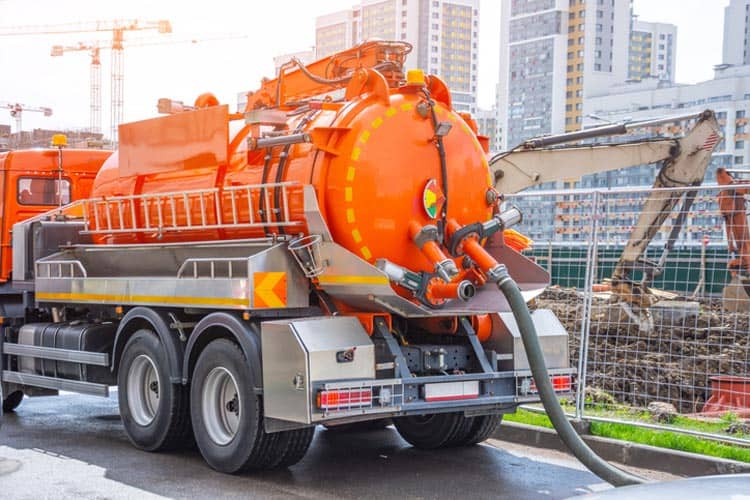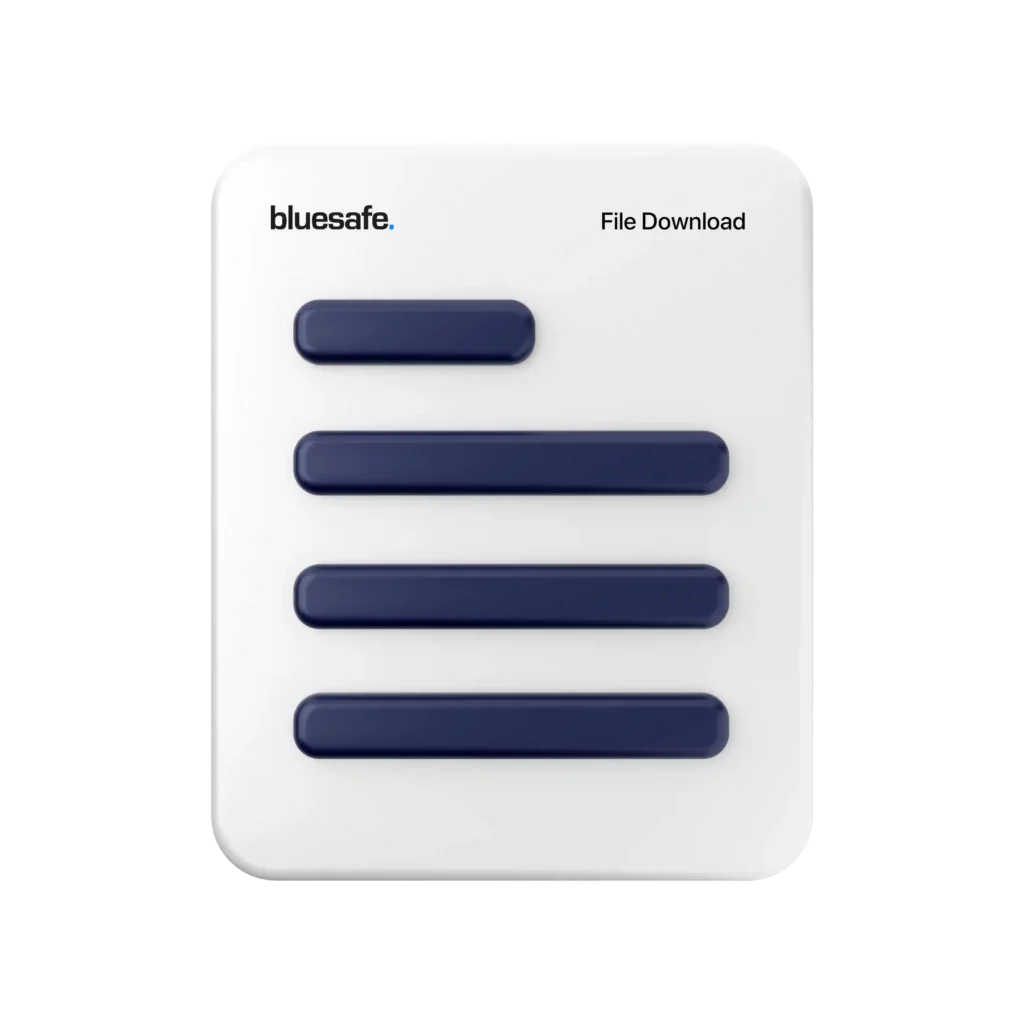Introducing our Safe Work Method Statement Template for recycled and non-potable water – a helpful tool to ensure safety and compliance on your project site. With our SWMS template, you can be confident that your team is working safely and efficiently, no matter how big or small your project is. Here’s a closer look at some of the key features:
- Pre-filled and Comprehensive: Our SWMS template comes pre-filled with all the necessary details, ensuring that you have a comprehensive document ready to go. This means less time spent filling out paperwork and more time getting the job done.
- Fully editable and customisable: Our SWMS template is fully editable and customisable in Microsoft Word format, making it easy to tailor to your specific needs. Whether you need to add or remove sections, update details or adjust formatting, you can do it all with ease.
- Includes scope of project and project details: Our SWMS template includes a clear scope of the project and all the relevant project details. This ensures that everyone on the project is on the same page and understands what needs to be done.
- Includes checklist of any high-risk machinery on site: Our SWMS template includes a checklist of any high-risk machinery on site, making sure that all equipment is identified, and any necessary precautions are taken.
- Includes space for recording staff training: Our SWMS template includes space for recording staff training, ensuring that everyone is properly trained and competent in their tasks.
- Includes before and after risk ratings: Our SWMS template includes before and after risk ratings, making it easy to track the effectiveness of the safety measures you’ve put in place.
- Includes resources for use of legislative references: Our SWMS template includes resources for the use of legislative references, ensuring that you are compliant with all relevant regulations and standards.
- Includes all PPE required: Our SWMS template includes all PPE required for the project, ensuring that everyone on the site is properly protected.
- Includes risk assessment and risk assessment matrix: Our SWMS template includes a risk assessment and risk assessment matrix, ensuring that all potential hazards are identified and properly assessed.
- Includes a checklist to ensure all requirements have been covered: Our SWMS template includes a checklist to ensure that all requirements have been covered when implementing the SWMS, making sure that nothing is missed.
- Includes sign-off page for all workers and responsible persons: Our SWMS template includes a sign-off page for all workers and responsible persons, ensuring that everyone has acknowledged their responsibilities and commitments.
- Easy to use and customise: Our SWMS template is easy to use and customise, making it accessible to everyone on your team.
- Suitable for large contracts and tenders, including tier 1 contractual work: Our SWMS template is suitable for large contracts and tenders, including tier 1 contractual work, ensuring that you are always compliant and competitive.
- Instant download: Our SWMS template is available as an instant download, ensuring that you can start using it right away.
With our Safe Work Method Statement Template for recycled and non-potable water, you can simplify workplace safety and compliance. It’s easy to use, easy to customise, and suitable for any project, no matter how big or small. So why wait? Download our template today and start working safely!
Here is some safety information regarding recycled and non-potable water.
Gary’s Safety Tips 
G’day, folks! Today, we’re going to talk about something that’s near and dear to my heart – risk management. Now, I know that some of you might think that risk management is boring, but trust me when I say that it’s essential if you want to keep your workplace safe and your business running smoothly.
One of the most important ways that you can incorporate risk management into your workplace is by using safe work method statements (SWMS). Now, I know that some of you might be scratching your heads and wondering what the heck a SWMS is, so let me break it down for you.
Basically, a SWMS is a document that outlines the hazards associated with a particular task or job, and the steps that need to be taken to control those hazards. It’s kind of like a roadmap for getting the job done safely. And, if you want to make sure that your workers are safe and your business is protected, then you need to make sure that your SWMS is up to scratch.
So, how do you incorporate risk management into your SWMS? Well, there are a few key things that you need to keep in mind.
Firstly, you need to identify the hazards associated with the task or job. This might involve doing a risk assessment or consulting with your workers to get their input. Once you’ve identified the hazards, you need to figure out how to control them.
This is where the SWMS comes in. You need to outline the steps that need to be taken to control each hazard. For example, if one of the hazards is working at height, you might include steps like “use a ladder that is rated for the weight of the worker” or “install guardrails around the edge of the work area”.
It’s important to be as specific as possible when you’re outlining the steps that need to be taken. Don’t just say “use appropriate PPE”, for example. Instead, specify exactly what type of PPE is required, and how it should be used.
Once you’ve outlined the steps that need to be taken, you need to make sure that everyone involved in the task or job understands them. This might involve providing training or conducting toolbox talks. It’s important that everyone understands the hazards associated with the task or job, and the steps that need to be taken to control those hazards.
Finally, you need to review your SWMS regularly to make sure that it’s still up to date and effective. If you introduce new equipment or procedures, for example, you’ll need to update your SWMS to reflect these changes.
So, why is all of this important? Well, the simple answer is that it can help to keep your workers safe and your business running smoothly. By identifying the hazards associated with a particular task or job, and outlining the steps that need to be taken to control those hazards, you can reduce the risk of accidents and injuries in the workplace.
But it’s not just about safety – it’s also about protecting your business. If an accident or injury does occur, and you don’t have an effective SWMS in place, then you could be liable for damages. This could end up costing you a lot of money, not to mention damaging your reputation.
So, there you have it – a quick rundown on how to incorporate risk management into your SWMS. Remember, it’s not just about ticking boxes and following regulations – it’s about keeping your workers safe and your business protected. And, if you’re not sure where to start, then don’t be afraid to ask for help. There are plenty of resources available, including industry associations, government websites, and safety consultants.
I hope that this has been helpful for you, folks. As always, if you have any questions or comments, then please feel free to drop them in the comments below. And if you found this useful, then don’t forget to give it a like and share it with your colleagues.
Now, before I sign off, I want to leave you with a little bit of advice. When it comes to risk management and workplace safety, it’s important to be proactive rather than reactive. Don’t wait until an accident or injury occurs before you start thinking about how to control the hazards in your workplace.
Instead, make risk management and safety a priority from the outset. Incorporate risk management into your SWMS, and make sure that everyone involved in a particular task or job understands the hazards and the steps that need to be taken to control them.
By taking a proactive approach, you can reduce the risk of accidents and injuries, protect your workers, and safeguard your business. And, as I always say, that’s a win-win situation.
So, that’s it from me for today, folks. I hope that you’ve found this helpful, and that you’ll take the time to review your SWMS and make sure that it’s up to scratch. Remember, safety isn’t something that you can afford to take lightly – it’s an essential part of running a successful business. Until next time, take care and stay safe!
Cheers,

![]()






